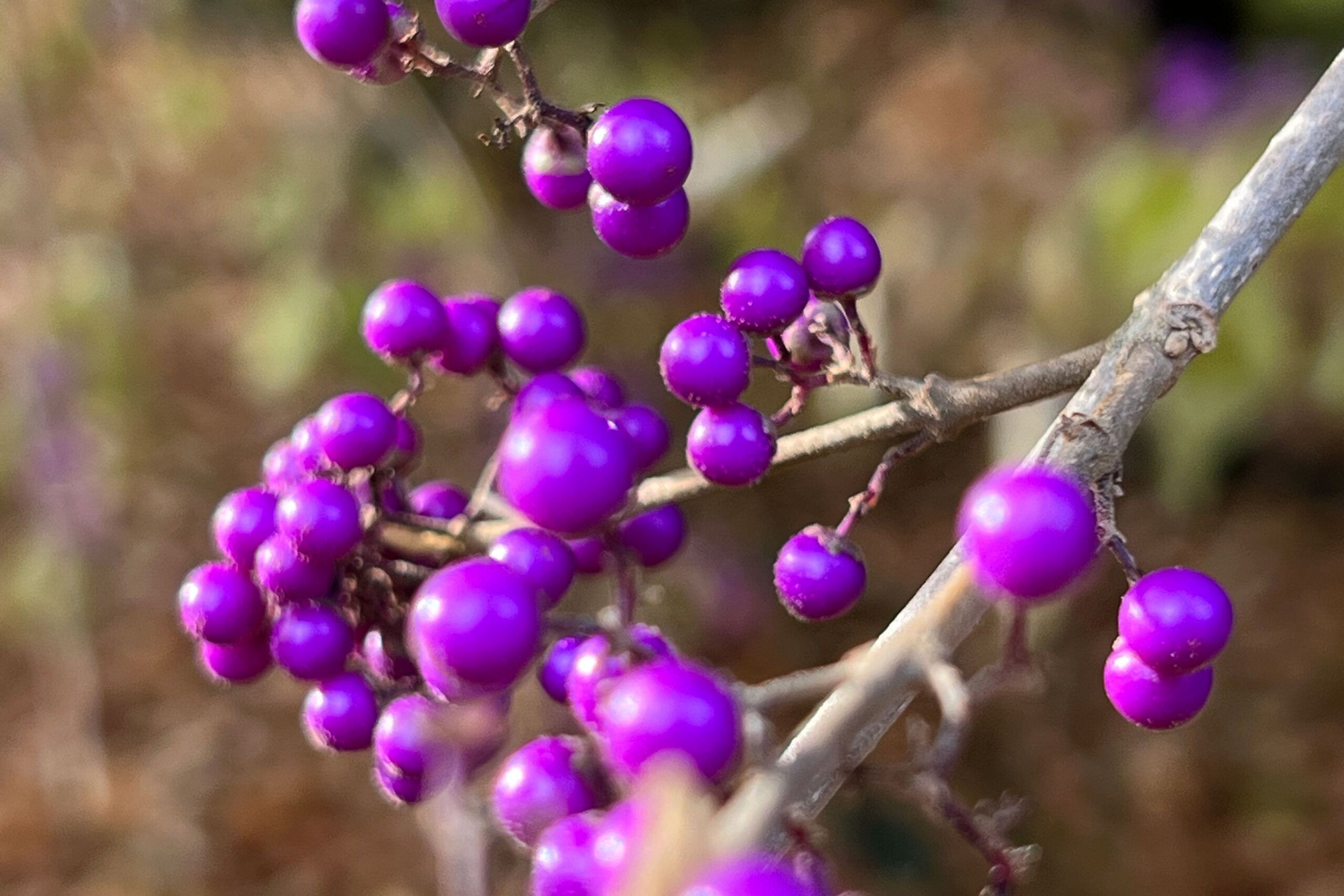Bad Actor
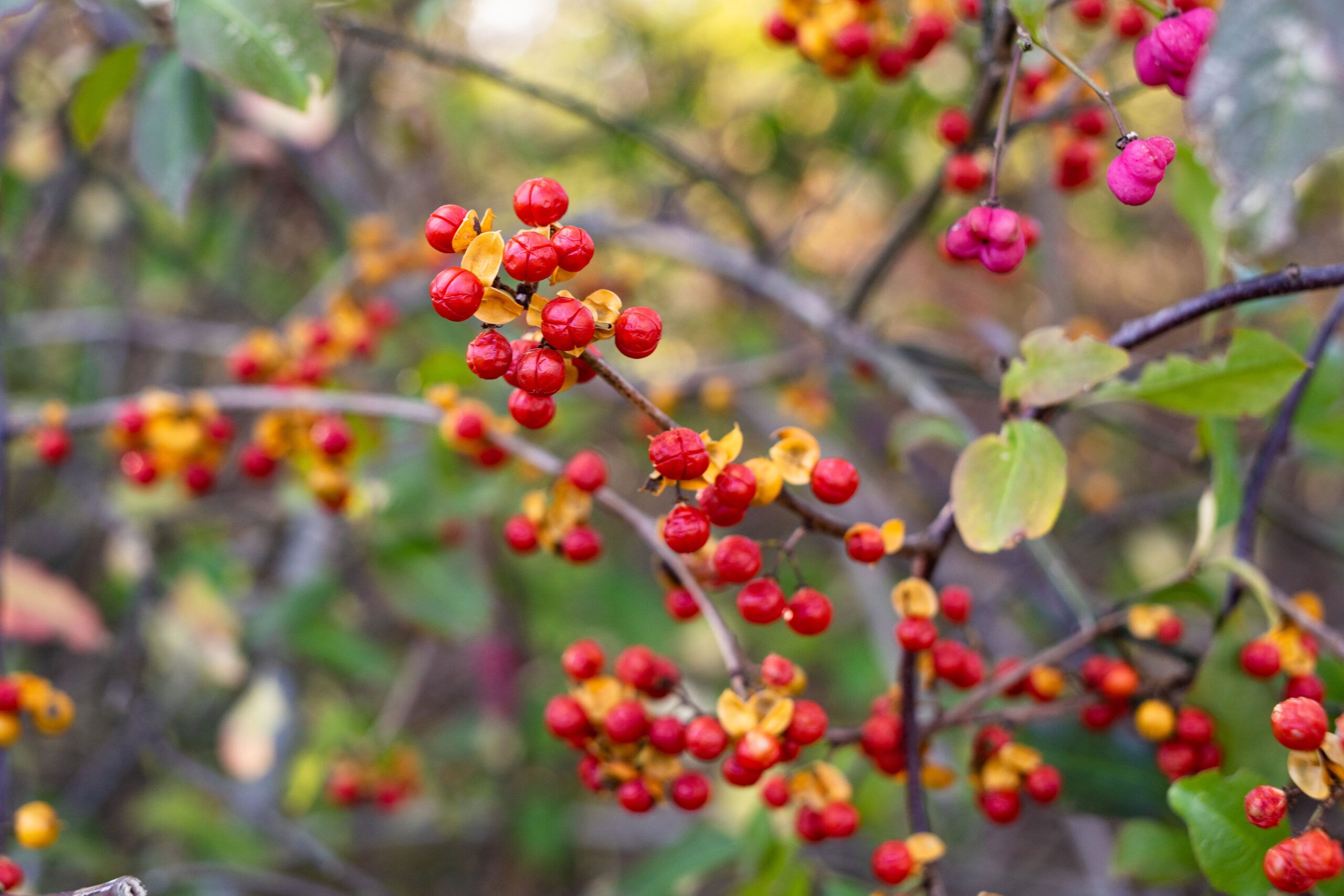
With vivid red fruit popping out of split yellow pods, Oriental bittersweet is oh-so-tempting to clip and display when fall rolls around. But looks aren’t everything: This prolific seed-spreader is highly invasive, able to take down entire trees with vines that can grow up to 50 feet long—and a single spent wreath can drop thousands of seeds. Though there is a tamer native look-alike—American bittersweet—it requires both male and female plants to bear fruit. Consider growing one of these showy landscape alternatives instead, which reliably produce colorful berries through fall and even winter.
Beautyberry
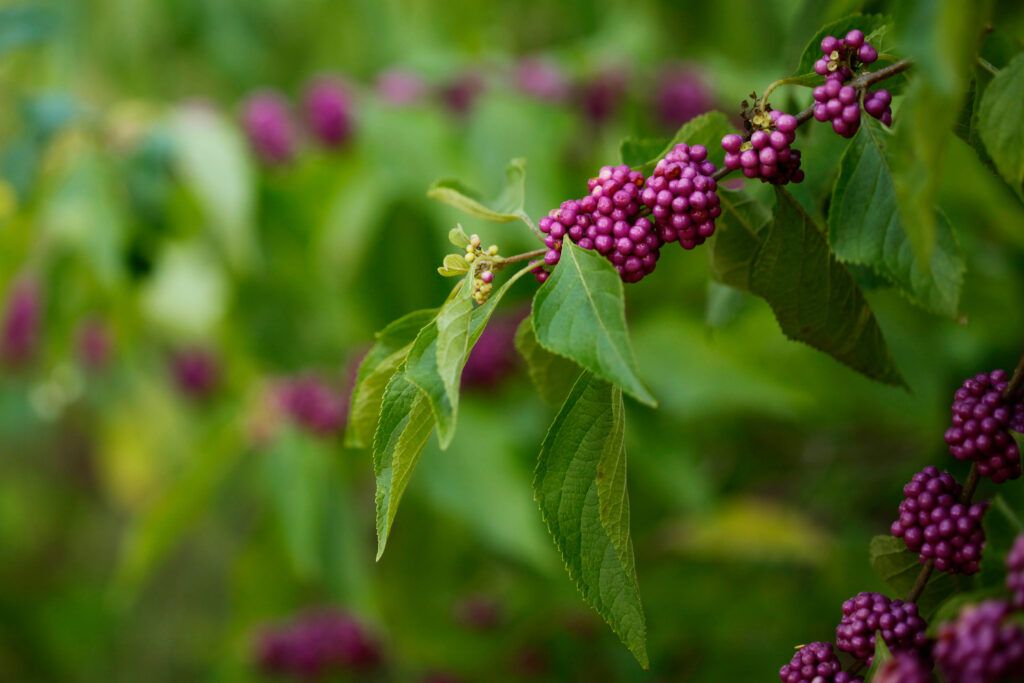
(Callicarpa americana)
Zones: 5a-11
Native to the southeastern U.S., this shrub sprouts small, pinkish-white flowers in spring and early summer, but the show really starts in late summer and early fall, when bright magenta fruits appear. If birds don’t eat them first, you’ll still have brilliant purple clusters after the leaves have fallen. Usually growing about 4 to 6 feet high and wide, a robust callicarpa can reach 10 feet. Like bittersweet, beautyberry has Asian varieties—so if you’re plant shopping, make sure you’re getting an americana.
Pyracantha
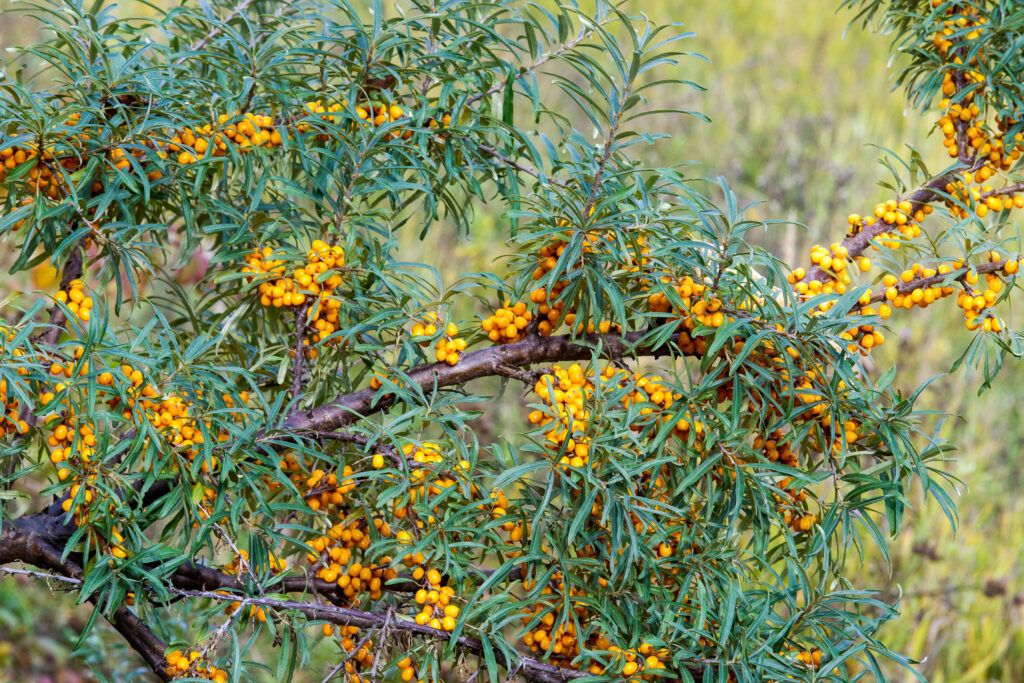
(Pyracantha coccinea M. Roem)
Zones: 6-9
Firethorn, as it’s commonly called, is prized for bountiful bunches of orange, red, or yellow fruit, which arrive in late summer and can last into winter. Left unchecked, pyracantha can spread up to 18 feet and grow just as high, but it’s easily espaliered or pruned into a hedge. Beware its large thorns; snip them, or look for a newer, thornless variety (Pyracantha coccinea ‘Thornless’). In milder climates, pyracantha will keep its leaves year-round. If you’re in a cooler spot, the dark-green leaves will turn bronze before falling. Note: Though it’s not listed as invasive by the USDA, California and Georgia are keeping an eye on it.
Virginia Creeper
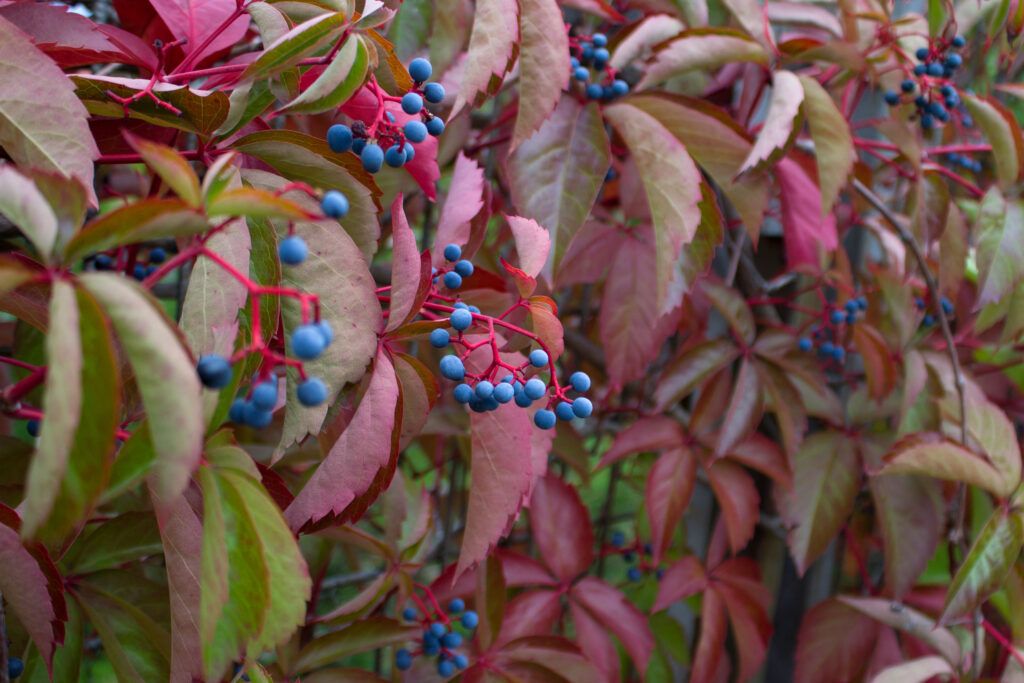
(Parthenocissus quinquefolia)
Zones: 3-9
In summer, the leaves of this deciduous vine can resemble grapevine. But in fall, there’s no mistaking this native climber, as the leaves turn vivid shades of red and maroon, with clusters of blue-black berries. This aggressive grower’s suckers can damage siding and gutters. If you’ve got a bare arbor, though, it’s got you covered. One caveat: While birds love the ornamental berries, they are poisonous to humans and pets, and the vine’s sap can irritate skin, so it’s best to wear gloves when clipping or planting.
